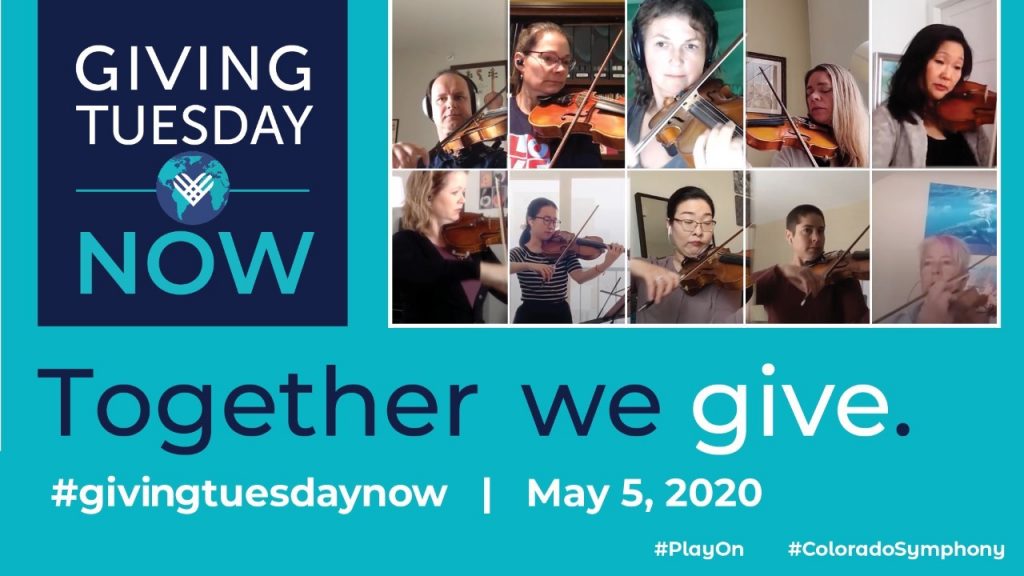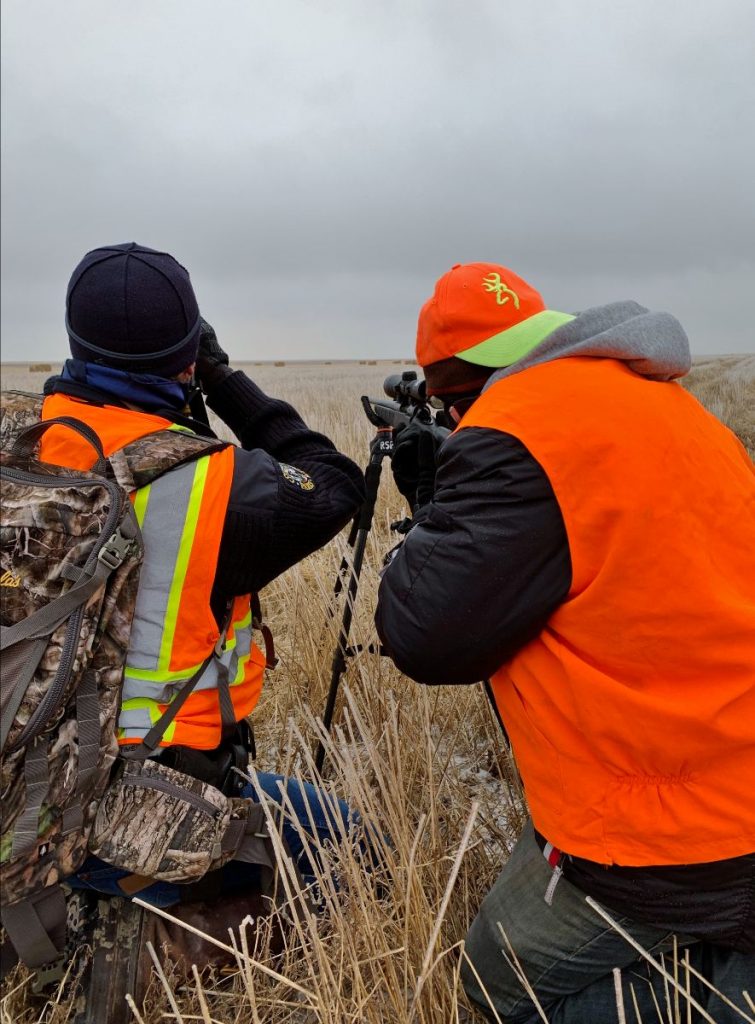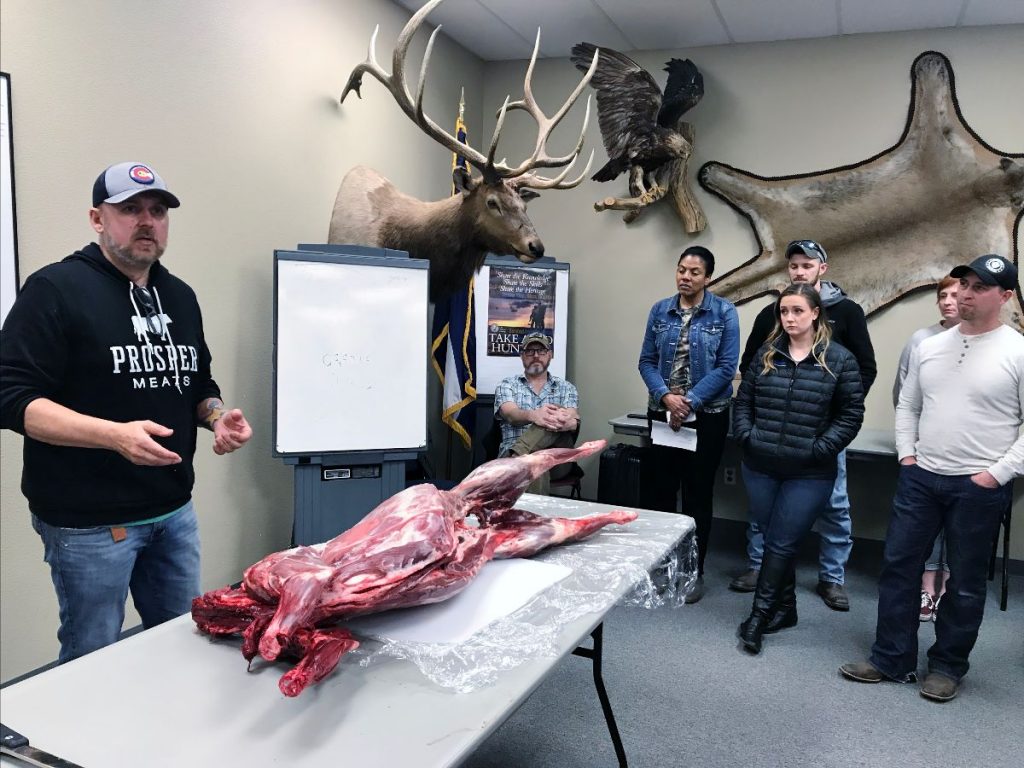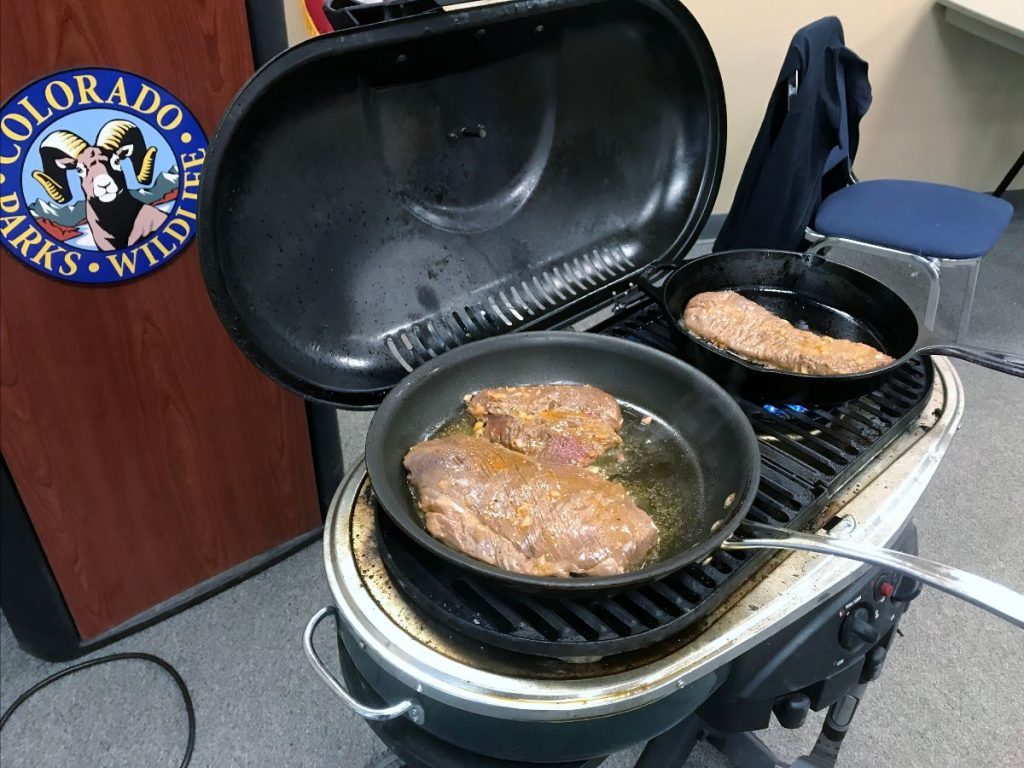By MARK KENNEDY — AP Entertainment Writer
Billie Holiday has always been a monster of a role. Diana Ross tackled her on film and Audra McDonald did it on stage. Now it’s time for Andra Day — a singer and actress perfectly named to play Lady Day — and she shines. It’s a pity the film she’s in is so messy.
In the frustrating “The United States vs. Billie Holiday,” Day gives it her all as Holiday but she can’t save a film that is overstuffed and also thin. Director Lee Daniels and screenwriter Suzan-Lori Parks offer an unfocused, meandering work for much of the time, interrupted by devastating scenes that feel like a punch to the gut.
Day plays Holiday in the last years of her life as a haunted and crushed icon, an addict with terrible choices in men but the voice of an angel. Day’s body is angular and lean and seemingly always prepared for blows to rain down, a piece of gum and a cigarette ever-present in her mouth. But she is also liable to punch back and rip into anyone crossing her. It is a remarkable performance, not least because it is Day’s first acting role.
Daniels and Park have chosen as their skeleton an unlikely love affair between Holiday and Jimmy Fletcher, a Black federal agent ordered to infiltrate her group and get her arrested for using heroin. Why? Because whites cannot stand her singing the anti-lynching song “Strange Fruit.”
The material is adapted from Johann Hari’s “Chasing the Scream: The First and Last Days of the War on Drugs.” It’s now the third recent movie project to show government infiltration of Black leaders, following the “MLK/FBI” documentary and the film “Judas and the Black Messiah.”
The film suffers a stuttering start — and the introduction of a poor framing device with a sit-down Holiday interview — before going back in time 10 years and tracing the toll drugs and abuse slowly take on an increasingly haggard Holiday, leading to her death in 1959.
The natural villain in this piece would be the agent who rats out Holiday several times before falling in love with her. The filmmakers haven’t quite figured him out. Why would Holiday allow a federal agent who has helped arrest her twice back into her life? “It’s complicated,” she says.
Trevante Rhodes, who was super in “Moonlight,” plays the infiltrator, a man torn between his job and his race. He and fellow Black agents toil in the basement in segregated areas, tasked with planting evidence to bring down Black icons for white America. “You ever feel strange about what we’re doing?” an agent askes Fletcher.
The real bad guy is Federal Bureau of Narcotics leader Harry J. Anslinger (a mustache-twirling Garrett Hedlund), who is a virulent racist and cartoonishly unsubtle about it. “This jazz music is the devil’s work. That’s why this Holiday woman has got to be stopped,” he says.
But a film that desperately needs to be taut is anything but, making space for over-the-top dog funerals, distractions like Roy Cohn and Holiday’s friendship with Tallulah Bankhead. And yet there are moments of brilliance, as when Jimmy takes heroin and Lady Day appears in the haze of his high as a child to take him for a flashback to the whorehouse she spent time in as a youth. It is a fascinating technique but quickly abandoned.
The best parts are listening to Day as her Holiday sings onstage — perfectly put together with a red lip and a big blossom over her right ear — and watches the men in her life sit at lounge tables and determine her fate. Sometimes her gowns hid cracked ribs. “She look like a million bucks but she feels like nothing,” we are told.
The film’s clear climax is a scene in which Holiday stumbles on a rural family after a lynching and it is searing, anguishing and horrific, images that will stay with the viewer as much as they fueled Holiday’s need to sing “Strange Fruit” despite the risks to her career. The scene is filmed like a kaleidoscope as Holiday goes from outside to inside and then seamlessly onstage to sing her signature song.
The film is bookended by reminders of America’s history of lynching. It opens with an image of a Black man murdered by a mob and, heartbreakingly, closes with a note that a bill to designate lynching as a federal hate crime has stalled in the Senate.
“The United States vs. Billie Holiday,” a Hulu release, is rated R for drug use, domestic violence, language, nudity and mature themes. Running time: 130 minutes. Two and a half stars out of four.
SPREAD THE NEWS
COMMENT, Like, Follow & SHARE @I70Scout
CURRENT EDITION
WEATHER & TRAFFIC PUZZLES RECENT NEWS ADVERTISE WITH US
















